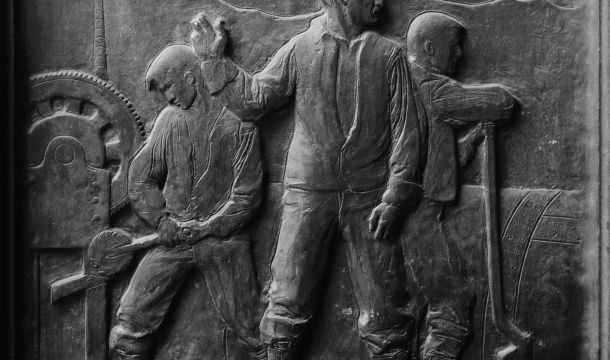Employee or Independent Contractor? DOL Issues Proposed Worker Classification Rule
Worker classification is a hot issue right now. The recent California law that classifies most workers as employees has completely upended the gig economy in that state, so it is no surprise that the law is being challenged by a number of business groups.
Under federal law, whether an employer classifies a worker as an employee or an independent contractor can have major economic consequences, especially if the worker is misclassified. For example, wrongly misclassifying an employee as an independent contractor can result in liability under the Fair Labor Standards Act (FLSA) for unpaid minimum wage and/or overtime compensation. Multiplied by two if the misclassification is considered a willful violation of the FLSA.
Today, the U.S. Department of Labor (DOL) announced a proposed rule offering what it claims to be clarity to determine whether a worker is an employee under the Fair Labor Standards Act (FLSA) or an independent contractor.
In the proposed rule, the DOL would:
- Adopt an “economic reality” test to determine a worker’s status as an FLSA employee or an independent contractor. The test considers whether a worker is in business for themselves (independent contractor) or is economically dependent on a putative employer for work (employee);
- Identify and explain two “core factors,” specifically: (1) the nature and degree of the worker’s control over the work; and (2) the worker’s opportunity for profit or loss based on initiative and/or investment. These factors help determine if a worker is economically dependent on someone else’s business or is in business for themselves;
- Identify three other factors that may serve as additional guideposts in the analysis including: (1) the amount of skill required for the work; (2) the degree of permanence of the working relationship between the worker and the potential employer; and (3) whether the work is part of an integrated unit of production; and
- Advise that the actual practice is more relevant than what may be contractually or theoretically possible in determining whether a worker is an employee or an independent contractor.
As a practical matter, this Proposed Rule is intended to be more employer-friendly than the guidance of the previous administration on the same issue. It is not clear if this Proposed Rule will be enacted as a Final Rule before the election. If enacted before the election, a change in administration after the election likely will result in further change.

Kathleen J. Jennings is a former principal in the Atlanta office of Wimberly, Lawson, Steckel, Schneider, & Stine, P.C. She defends employers in employment matters, such as sexual harassment, discrimination, Wage and Hour, OSHA, restrictive covenants, and other employment litigation and provides training and counseling to employers in employment matters.
Related Content
Get Email Updates
Recent Content

NLRB to Seek Rescission of past Discipline Imposed under Overbroad Employer Work Rules

Do Drive Cam Cameras inside Trucks Violate Employee Rights?

Amazon Considers Risk When Investigating Employee Misconduct

Latest NLRB Attack Goes beyond Non-Compete Agreements to Reach Outside Employment

NLRB Board Addresses BLM Insignia at Work




